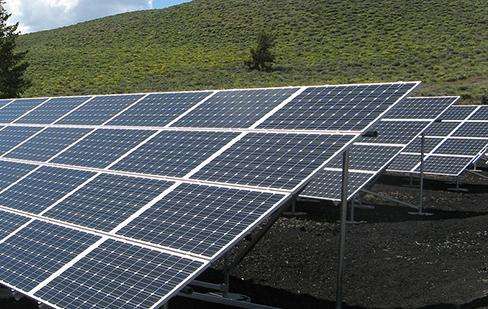Resists wind and rain. With the development of the wind industry, the requirements for blades are getting higher and higher. The hardness of wind turbine blade materials requires good resistance to corrosion, ultraviolet rays and lightning, light density as well as fatigue resistance and optimal mechanical properties. generation The hardness of the blade material is necessary to resist wind and rain. Wind turbines are electrical equipment that convert wind energy into mechanical work, which causes the rotor to rotate and ultimately produces alternating current.
20 years.
The wind turbine blade is a thin-shell structure made of composite materials. The structure is divided into three parts: root, shell and keel. There are many types, including pointed head, flat head, hook head, pointed head with flaps, etc. The manufacturing process cmainly includes male mold, female mold turning, rolling, heating and curing, demolding, surface grinding, spray painting, etc. Design challenges include aerodynamic design of blade shape, strength, fatigue, noise design, and composite material layup design. The technical difficulties mainly include mold positive processing, mold recasting and resin system selection. The blade is a large composite material structure, and more than 90% of its weight is composed of composite materials. Each generator typically has three blades, and each generator requires up to four tons of composite materials.
Blade maintenance. Cracks on the blade surface will generally appear after 2-3 years of wind turbine operation. Cracks are caused by low temperatures and vibrationnatural ions of unity. If the crack appears 8-15 meters from the root of the blade, the crack will deepen and lengthen each time the wind turbine vibrates or stops. As the cracks widen, dirt, wind and sand from the air penetrate, causing the cracks to deepen and widen. Cracks seriously threaten the safety of the blades and can cause cracking, while transverse cracks can cause the blades to break. In case of transverse cracks, reinforcement and restoration of the zipper should be used. Reinforcing and restoring the zipper requires the use of special tie bars to bond and repair the blade to its original plane.














